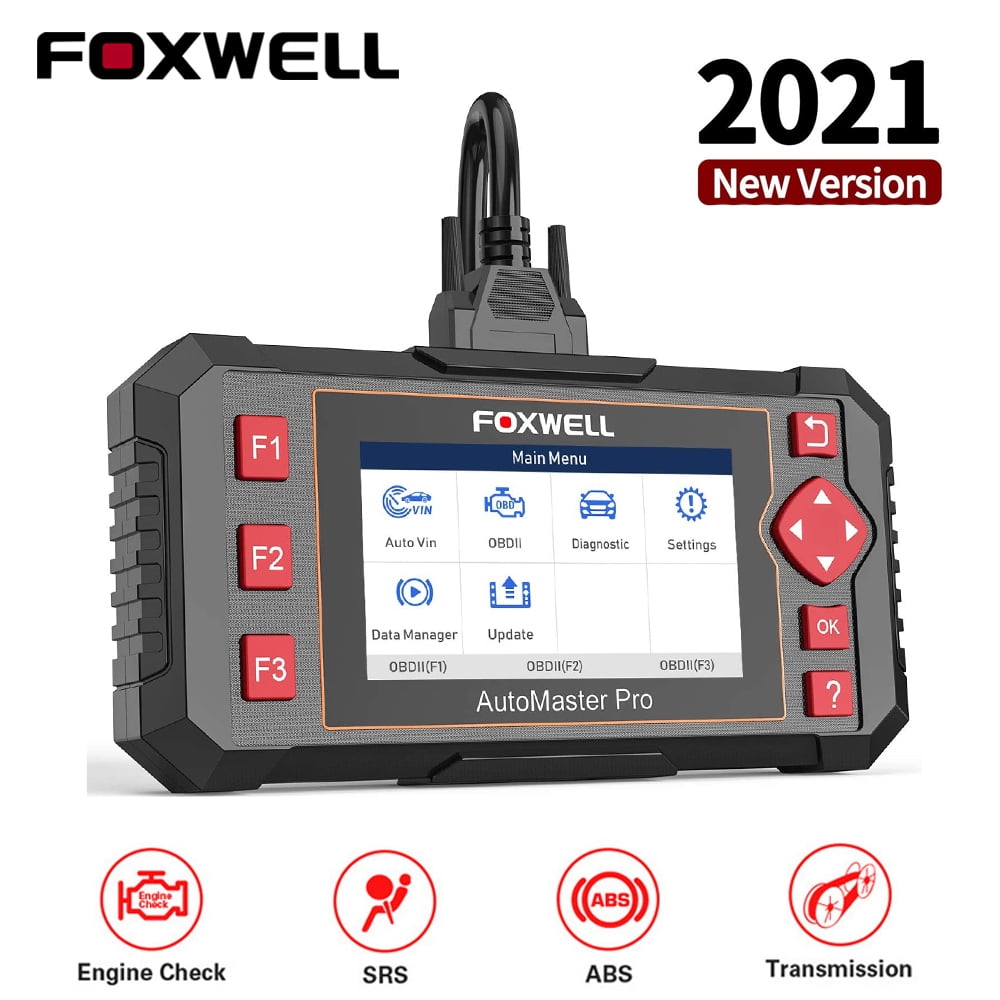
These requirements are generally referred to as "OBD-I", though this name is not applied until the introduction of OBD-II.
1988: The California Air Resources Board (CARB) requires that all new vehicles sold in California in 1988 and newer vehicles have some basic OBD capability. This protocol is defined in GM XDE-5024B. 1986: An upgraded version of the ALDL protocol appears which communicates at 8192 baud with half-duplex UART signaling. 1982: RCA defines an analog STE/ICE vehicle diagnostic standard used in the CUCV, M60 tank and other military vehicles of the era for the US Army. The Diagnostic Trouble Codes (DTC's) can be interpreted through the blinking pattern of the "Check Engine" (MIL) light. The only available function for the owner is "Blinky Codes". Implemented on California vehicles for the 1980 model year, and the rest of the United States in 1981, the ALDL was not intended for use outside the factory. 
The 'assembly line diagnostic link' ( ALDL) protocol communicates at 160 baud with Pulse-width modulation (PWM) signaling and monitors very few vehicle systems.
1980: General Motors implements a proprietary interface and protocol for testing of the Engine Control Module (ECM) on the vehicle assembly line. Simple OBD implementations appear, though there is no standardization in what is monitored or how it is reported. 1975: Datsun 280Z On-board computers begin appearing on consumer vehicles, largely motivated by their need for real-time tuning of fuel injection systems. 1968: Volkswagen introduces the first on-board computer system with scanning capability, in their fuel-injected Type 3 models. You can help by converting this section, if appropriate. This section is in list format but may read better as prose. Modern OBD implementations use a standardized digital communications port to provide real-time data in addition to a standardized series of diagnostic trouble codes, or DTCs, which allow a person to rapidly identify and remedy malfunctions within the vehicle. Early versions of OBD would simply illuminate a malfunction indicator light or " idiot light" if a problem was detected but would not provide any information as to the nature of the problem. The amount of diagnostic information available via OBD has varied widely since its introduction in the early 1980s versions of on-board vehicle computers. OBD systems give the vehicle owner or repair technician access to the status of the various vehicle sub-systems.


On-board diagnostics ( OBD) is an automotive term referring to a vehicle's self-diagnostic and reporting capability. Used to connect to the SAE J1962 Data Link Connector (DLC) found in many cars of the era. Various angles and details of a "MaxScan OE509" - a fairly typical onboard diagnostics (OBD) handheld scanner from the first decade of the 21st century.







 0 kommentar(er)
0 kommentar(er)
